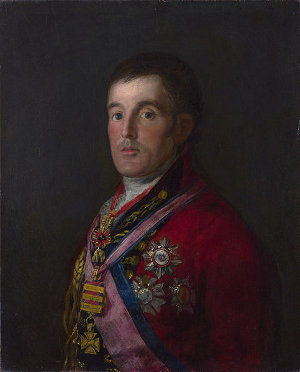
This is Francisco Goya’s painting Portrait of the Duke of Wellington.
In 1961 it was stolen from the National Gallery in London.
In 1962 it turned up again — it hangs in Dr. No’s lair in the first James Bond film.

This is Francisco Goya’s painting Portrait of the Duke of Wellington.
In 1961 it was stolen from the National Gallery in London.
In 1962 it turned up again — it hangs in Dr. No’s lair in the first James Bond film.
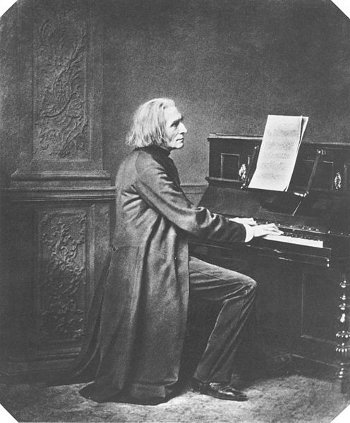
There was a composer named Liszt,
Who from writing could never desiszt.
He made polonaises
Quite worthy of praises,
And now that he’s gone he is miszt.
There was a composer named Haydn,
The field of sonata would waydn;
He wrote the Creation,
Which made a sensation,
And this was the work which he daydn.
A modern composer named Brahms,
Caused in music the greatest of quahms.
His themes so complex
Every critic would vex,
From symphonies clear up to psahms.
An ancient musician named Gluck
The manner Italian forsuck;
He fought with Puccini,
Gave way to Rossini,
You can find all his views in his buck.
— Anonymous
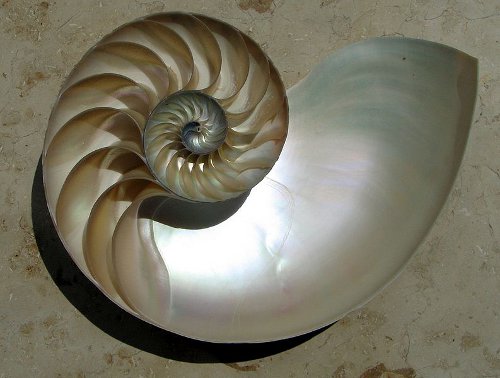
Suppose … that a finely wrought object, one whose texture and proportions are highly pleasing in perception, has been believed to be the product of some primitive people. Then there is discovered evidence that proves it to be an accidental natural product. As an external thing, it is now precisely what it was before. Yet at once it ceases to be a work of art and becomes a natural ‘curiosity.’ It now belongs in a museum of natural history, not in a museum of art. And the extraordinary thing is that the difference that is thus made is not one of just intellectual classification. A difference is made in appreciative perception and in a direct way. The esthetic experience — in its limited sense — is thus seen to be inherently connected with the experience of making.
— John Dewey, Art as Experience, 1934
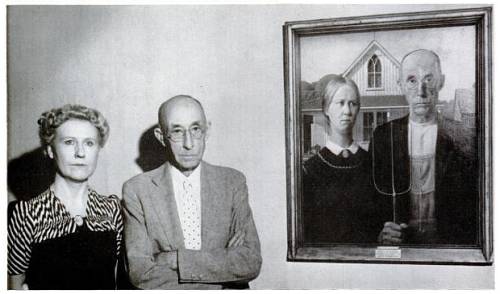
Grant Wood’s American Gothic is a bit ersatz — the artist recruited a Cedar Rapids dentist, B.H. McKeeby, to pose as the farmer, and his sister Nan plays the woman (conceived as the farmer’s spinster daughter, not his wife).
But the setting was inspired by a real cottage in Wood’s native Iowa, and by his admiration for “the kind of people I fancied should live in that house.”
“I tried to characterize them honestly, to make them more like themselves than they are in actual life,” he said. “To me they are basically good and solid people.”

Imagine that we learned that the object before us [that] looks like a painting that would spontaneously move us if we believed it had been painted — say the Polish Rider of Rembrandt, in which an isolated mounted figure is shown midjourney to an uncertain destiny — was not painted at all but is the result of someone’s having dumped lots of paint in a centrifuge, giving the contrivance a spin, and having the result splat onto canvas, ‘just to see what would happen.’ … Now the question is whether, knowing this fact, we are prepared to consider this randomly generated object a work of art.
— Arthur Coleman Danto, The Transfiguration of the Commonplace, 1981
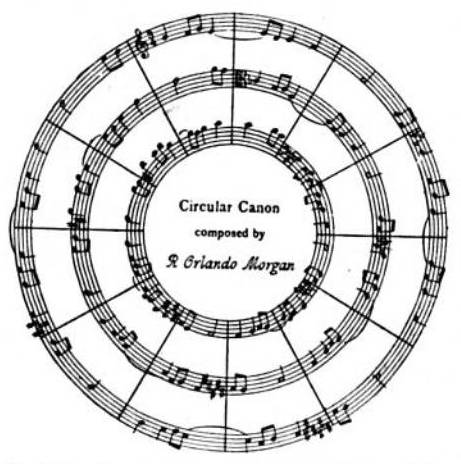
From Strand, August 1906:
A circular canon is so named not because of its circular form, but because it completes the circle of fifths–i.e., it goes through all the keys, each a perfect fifth above the other, until it returns to the original key. The one under notice is written in triple counterpoint, any part sounding equally well in the top, middle, or lowest voice, and each bar is in three different keys at once, all harmonizing.
This rendering is a bit indistinct, I’m afraid — if I can find a clearer version I’ll post it.

The Ghent altarpiece is 20-panel allegorical polyptych by Hubert and Jan van Eyck, a masterpiece of 15th-century art.
In April 1934, a thief stole the lower left panel and demanded a ransom of 1 million Belgian francs.
Seven months later, Flemish broker Arsène Goedertier collapsed after a speech at a political rally. He managed to say that he knew where the stolen panel was hidden, but he died before he could communicate the secret.
In Goedertier’s home police found abundant evidence that he had sent the ransom note, but there was no sign of the missing panel, only a record that it was “in a place where neither I nor anyone else can recover it without drawing attention.”
It remains missing to this day.
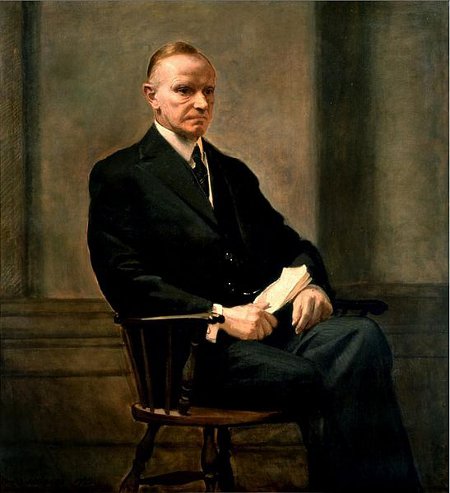
Ambassador Richard Washburn Child once dined with Calvin Coolidge at the White House.
After dinner, the president said he had something to show him. He led Child to one of the smaller rooms in the mansion, opened the door, and turned on the light.
“On the opposite wall hung a portrait of himself,” Child later recalled. “I thought it so very bad I could think of nothing to say.”
For a long moment the two men stood on the threshold. Then Coolidge snapped off the light and closed the door.
“So do I,” he said.
A Yorkshire police constable sent this image to the Strand in 1907: “This photograph of dog and puppies was about to be thrown away as a failure, when on turning the picture sideways it was found that the dog’s body has the appearance of a man’s head”:
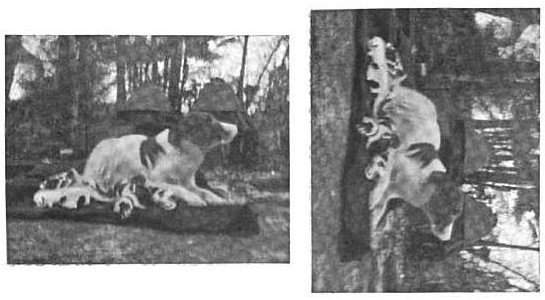
This undated photo seems to reveal the image of a bearded Jesus:
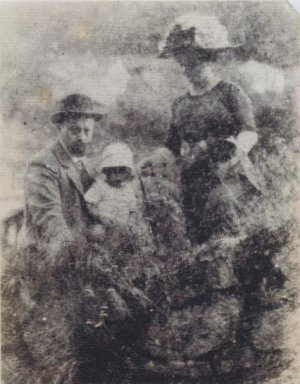
And Bohemian artist Wenzel Hollar etched Landschafts-Kopf in the 17th century:
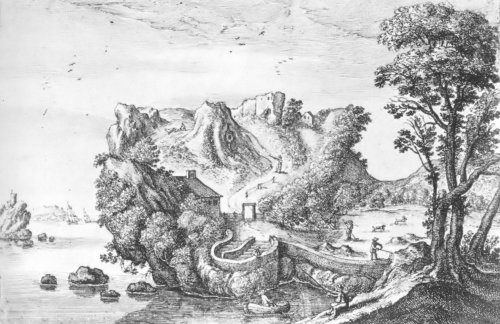
Is it a portrait or a landscape?